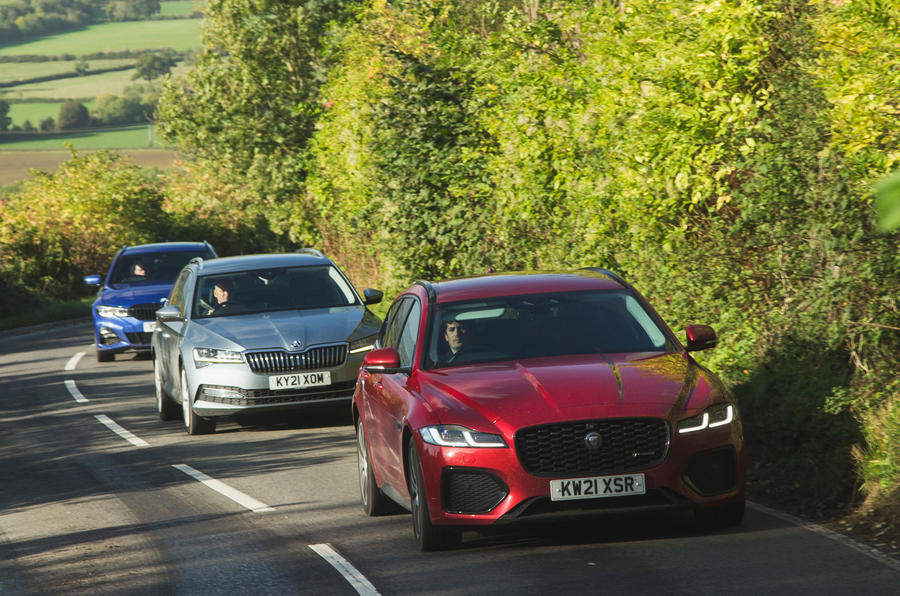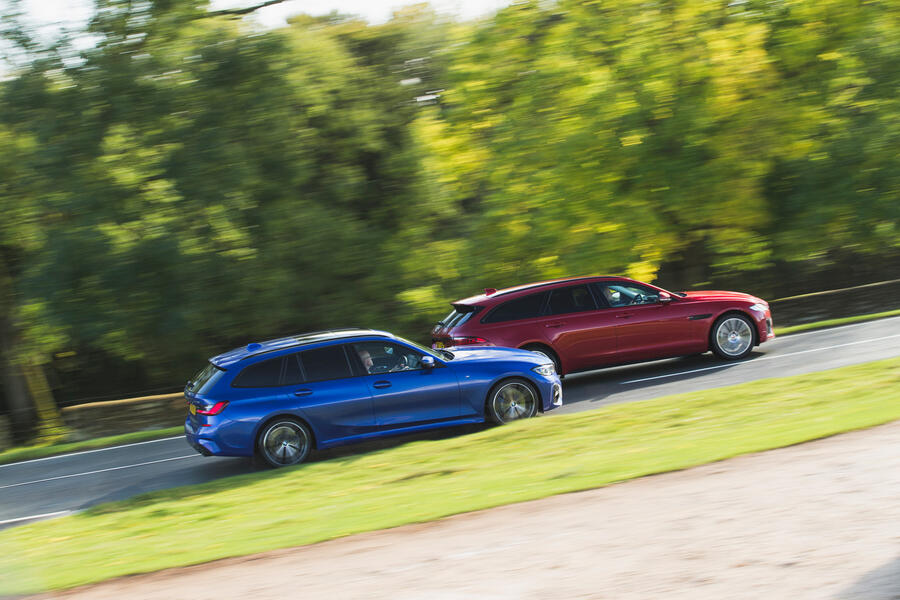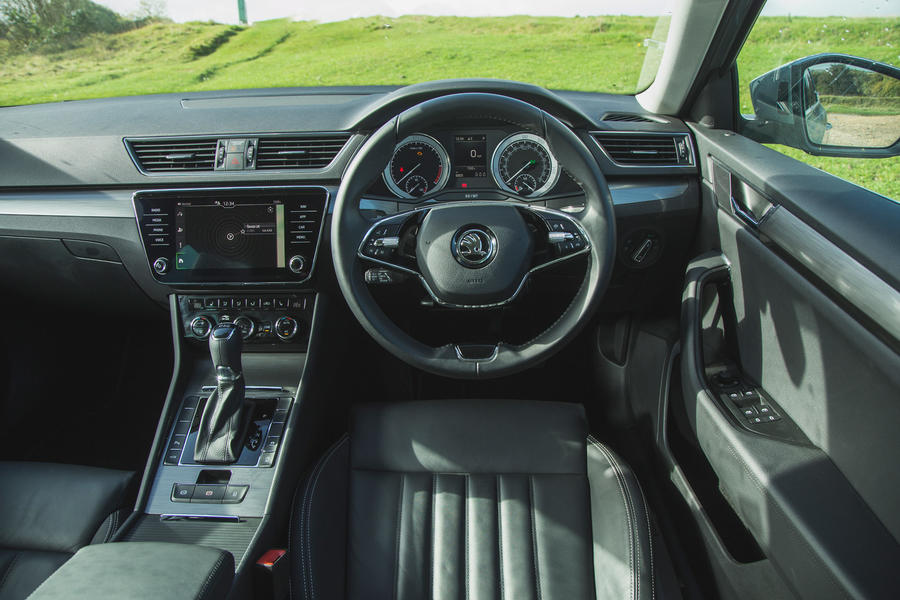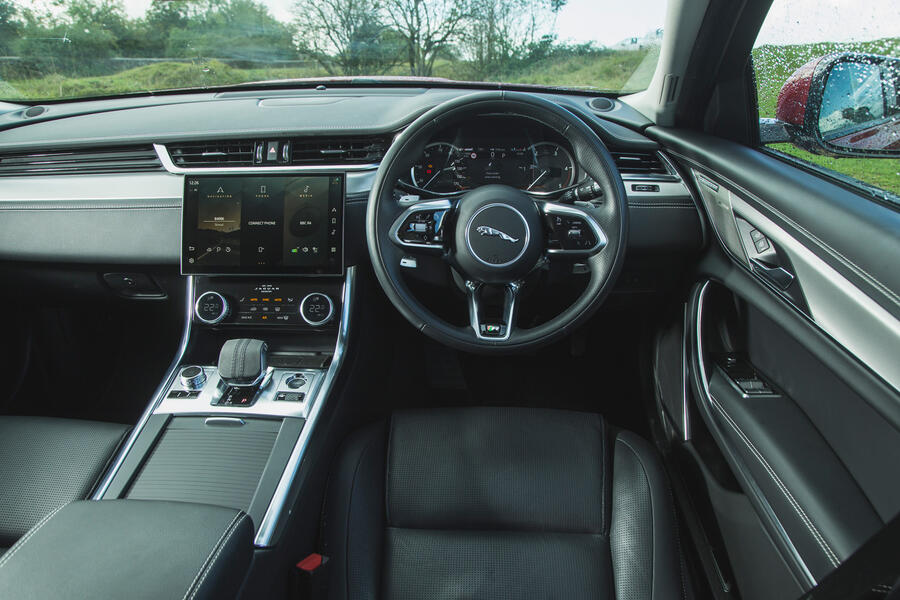The seemingly never-ending SUV boom has left a trail of destruction in the sales charts, with everything from city cars to executive cars left fighting for their lives on the showroom floor as buyers make a beeline for their bulked-up, off-the-beaten-track-biased brothers.
With almost every class and niche being given an injection of ride height and a big dose of chunky body cladding, the fate of less overtly outdoorsy offerings looks increasingly precarious. The stark truth is that if it doesn’t look like it will tackle the north face of the Eiger as comfortably as the North Circular, most buyers don’t get that excited.
And perhaps no sub-species has been harder hit than the estate car. Once the obvious option for those wanting more space for growing families or to indulge in hauling large objects or outlandish lifestyle pursuits, load-luggers have been increasingly usurped by SUVs that look bigger and more versatile on the outside, yet rarely deliver any more carrying capacity.
Even so, not everyone has given up on these wonder wagons, and certainly not Jaguar, which recently refreshed its XF Sportbrake. As you would expect, there are sharpened looks, a classier interior and a range of engines that give greater performance while using less fuel. So far, so predictable. However, it’s not just the sheet metal that has been massaged: the prices have been, too, but not in the way you would think.

You see, unlike almost every product and service at the moment, the cost of owning this big cat has actually gone down. As in the past (think the E-Type going up against the Aston Martin DB6 or the XJ40 against the W140 Mercedes S-Class), Jaguar has gone back to its more-for-less roots. In fact, the accountants at Coventry have taken a rather large knife to the numbers, which throws up some interesting possibilities, particularly when it comes to rivals.


















































Join the debate
Add your comment
Lots of people commenting here who haven't understood the pupose of this test... the point is not to match cars of the same segment and 'premiumness', but to match cars of similar function that are now, unexpectedly, in the same price bracket. There have been plenty of tests of the Superb against more expensive rivals in the past. As we all perceive cars in an emotional way to some degree, it is logical to suppose that someone needing e-segment space would consider the excellent and elegant Superb (why even bother with the Passat?) on a practical level, yet that person may well be tempted if the XF were on offer at the same price-level. They would have considered the 3-series perhaps a bit small, but would like the badge and style, although it is comparatively over-priced. The excellent Jaguar is cheaper and bigger than the BMW and similarly-priced to the top-spec Superb, yet better in part and more desirable than the Skoda and an equal of the BMW in most respects -so it wins this test.
So the car with the worst engine by far wins the test! Talk about bias...In a more objective evaluation, I think the Superb is out of it's depth in this premium company but a Passat may be just that bit closer in the feeling of quality, while driving that bit better also. I think it would at least pip the Jag in this test while also boasting an enormous boot.
A bigger elephant in the room.
You cannot order an XE or an XF anymore. The stocks are virtually gone, and there is no planned production of either going forward.
On a positive the Ingenium in 200d guise is a massive improvement on the 180d. Much quieter and much more punchy especially from low revs, thanks to MHEV. It's almost as if the tester hadn't even driven it......